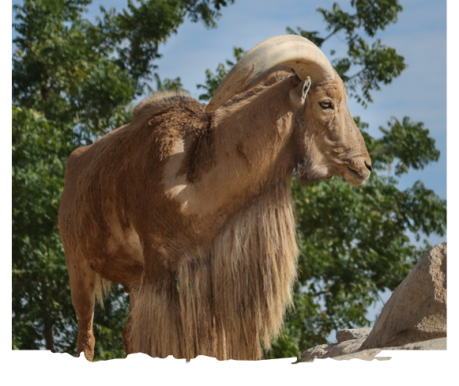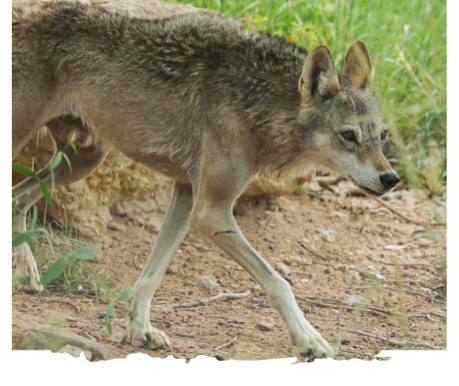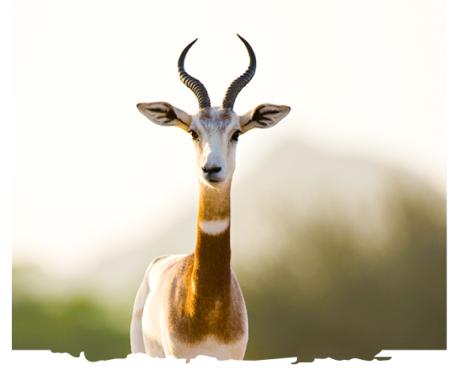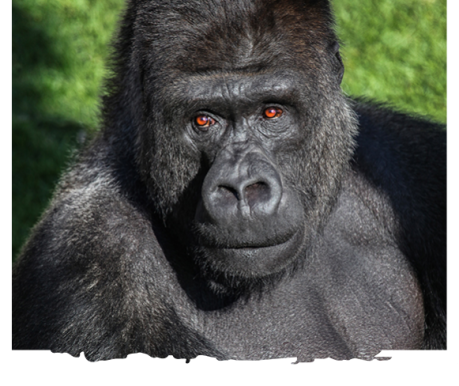
Meerkat
Name: Meerkat
Scientific Name: Suricata suricatta
Species: S. suricatta
Greetings from your friendly meerkat, also known as “suricate”, and this is my fact page! I am a little critter known for my cuteness when in an upright position (both sitting and standing) with my arms in front of me. I am a small and generally tame mongoose found in southern Africa, known for my very social nature. We are divided into three subspecies.
My body consists of a broad head, huge googly eyes, a pointed snout, long legs, a long thin tail, and a brindled coat pattern. The length of my head to the body is around 23-35 cm, and I can weigh about 0.62 to 0.97 kg. The color of my coat is a smooth grey to yellow-brown with light and dark bands on my back. I have foreclaws adapted for digging holes in the ground and can regulate my blood temperature to survive harsh weather conditions in dry habitats (as long as it does not get too hot!)
Meerkats like to live in groups; we dig different burrows and move from one place to another. Our burrows are usually deep, serving as a tunnel-and-room system for us to cool down when the African sun gets too hot.
Facts: Meerkats are very popular among kids! This is because of our presence in movies, television, and other media. Have you seen The Lion King? The very popular Timon from the motion picture is a meerkat like me, and I think he is hilarious! Another occurrence in popular culture in the book-to-screen adaptation of “Life of Pi,” where meerkats populate an acidic floating island.
We may look gentle enough to bring home as a pet but do not be fooled. We do not do well when domesticated because we can be aggressive and strong. In fact, in South Africa, we are used to killing rodents in some households and in farmlands.
Habitat:
Meerkats are primarily found in southwestern Botswana, western and southern Namibia, as well as northern and western South Africa.
We like to live on stony grounds, which are calcareous in various arid, open surroundings with a little bit of woody vegetation so we can climb and play because of our very active nature. Meerkats like me love to dwell in savannahs, open land, and rocky terrain near rivers in biomes like the Fynbos and the Karoo. Areas with short grasses and shrubs are also preferred by us, such as camelthorn in Namibia and Acacia in the Kalahari. Contrary to popular belief, we cannot be found in deserts and forests. Our population is greatly influenced by rainfall and predators.
Threats:
Thankfully, our population is not in danger. In fact, the International Union for Conservation of Nature (IUCN) classifies us as “Least Concern,” which means that our numbers are stable. There are no significant threats except for low rainfall, which can cause the deaths of entire packs. We also do not do well in extreme temperatures, especially my friends in the Kalahari Desert. Our thermoregulation gets disrupted when the weather gets too hot, decreasing our survivability. Research shows that perhaps dehydration from water loss takes a toll on our tiny bodies. Higher temperatures can also cause endemic tuberculosis rates to increase within our population due to our decreased immune system function. As with humans like you, our bodies also take a beating when heat waves occur.
Range:
We are mainly found in southwestern Botswana, over western and southern parts of Namibia, and in northern and western regions of South Africa. Our range extends into southwestern Angola as well.
Conservation Action:
We thrive in several protected areas, such as the Kgalagadi Transfrontier Park and the Makgadikgadi Pan. A long-term research project exists, founded by Tim Clutton-Brock, named “Kalahari Meerkat Project.” The research is run by four research groups focusing on meerkats’ collective behaviors. It began in Gemsbok National Park and moved to Kuruman River Reserve in 1993.
Now that you know about meerkats, visit Al Ain Zoo to see us thriving, posing, and playing in different habitats. We are friendly and always get excited when new friends come to see us!










